What Star Trek Taught Me About Leadership: The Quiet Power of George Merhoff
Table of Contents
- Pressure, Precision, and the Power of One Scene
- When Accountability Challenged Power
- What We All Can Learn from George
- Why This Is The First Blog Post
Whether or not you are a fan of Star Trek, there are real lessons to be learned from how the show was made. Lessons about leadership, accountability, and how to drive change when you are not the one in charge.
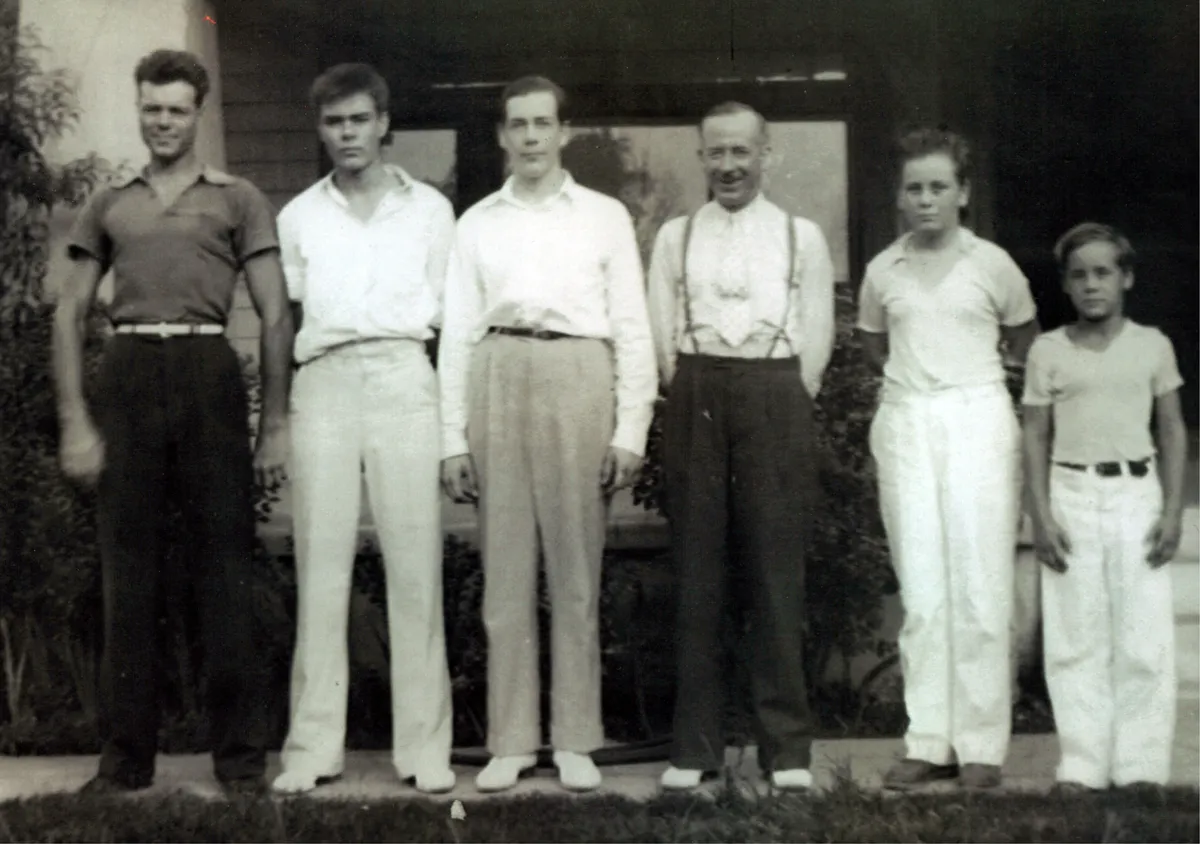
In this image, from left to right, George Merhoff, Gene Merhoff, Don Merhoff, Frank Merhoff, Paul Merhoff, and my Grandfather Hugh Merhoff.
Image credit: Family photo
George Merhoff, my great uncle, worked behind the scenes on Star Trek: The Original Series as the chief gaffer. That means he was the head lighting technician, responsible for shaping how each scene looked and felt. He was not a director or producer. He was not listed in the opening credits. But his fingerprints are all over the show’s most iconic visuals.
His stories have stuck with me. Not just because of what he did, but because of what happened when he did the right thing.
Pressure, Precision, and the Power of One Scene
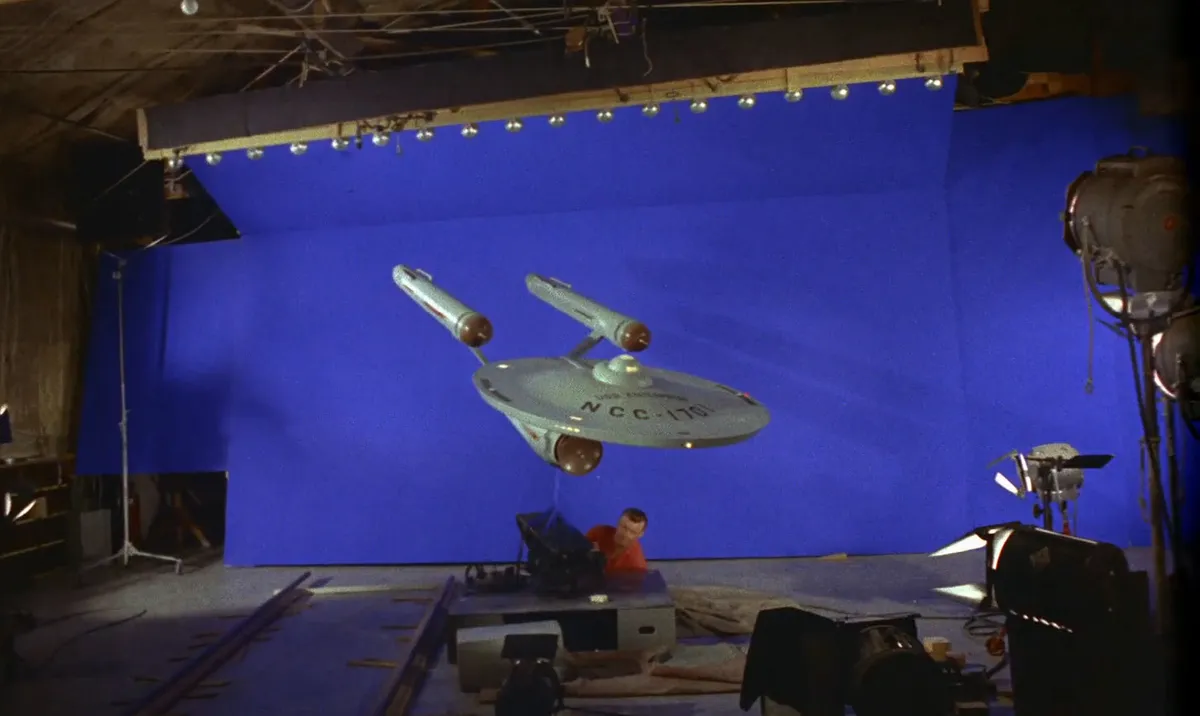
This behind-the-scenes photo showcases George Merhoff's work on the original Star Trek set, where lighting played a key storytelling role.
Image credit: The American Society of Cinematographers
In the episode Journey to Babel, Dr. McCoy performs emergency surgery on Sarek. The scene is bathed in an intense green glow that gives it urgency, mystery, and emotional weight. That lighting became part of the story.
But it almost didn’t happen.
The set only had about two and a half inches of space to hide lights. Most people would have called it impossible. But George built two miniature lights by hand, fitted them inside the medical prop, and created that effect without showing a single fixture on camera.
He didn’t ask for recognition. He didn’t pause to explain. He just solved the problem.
That moment is still remembered today because of what it made people feel. But it only worked because someone behind the scenes made it possible.
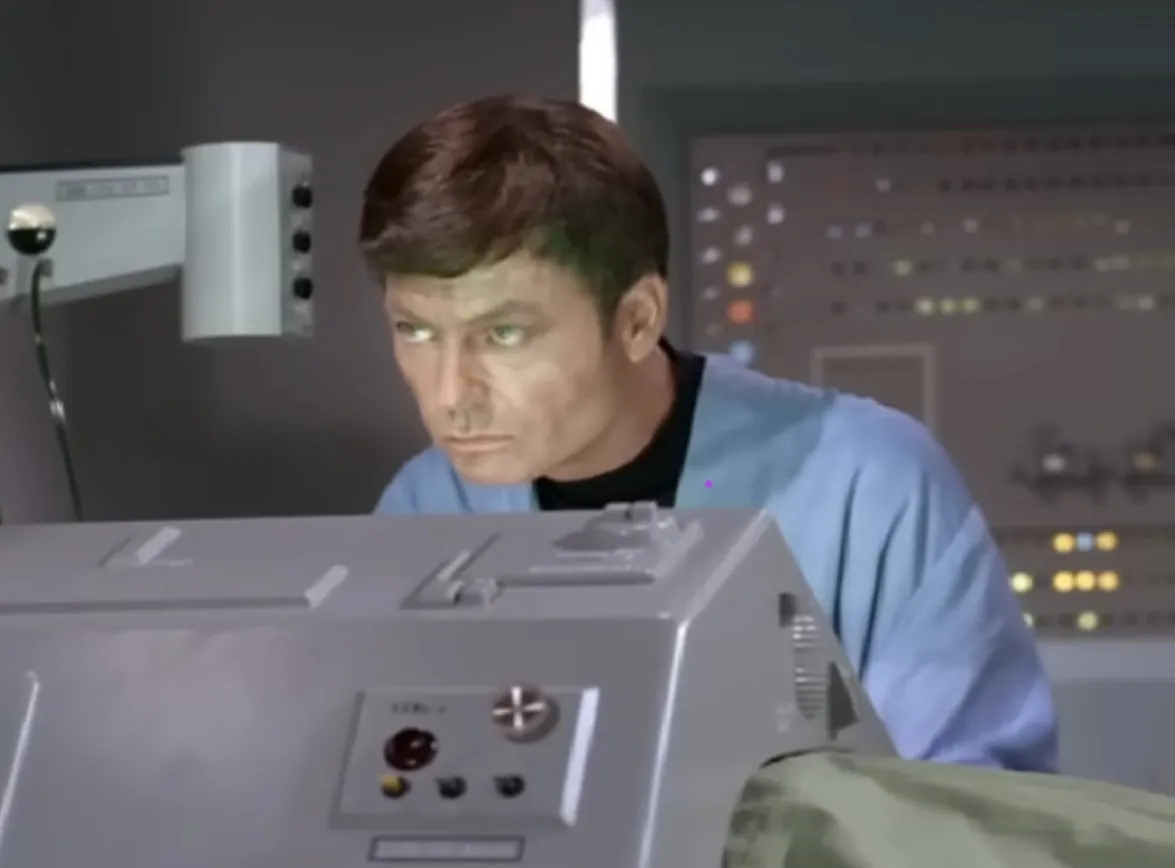
This surgical scene from “Journey to Babel” features George Merhoff’s innovative use of green lighting to convey urgency and sci-fi realism, a creative choice that added emotional weight to the episode.
Image Credit: Screencap from the episode “Journey to Babel” Star Trek: The Original Series. Used under fair use for commentary and educational purposes.
When Accountability Challenged Power
I always knew George worked on Star Trek because it was often talked about in my family. I remember some stories of him losing his job, but I didn’t know why.
When I was a young adult, my grandfather, Hugh Merhoff, once shared a passage from the book Star Trek Memories by William Shatner because the story of why George lost his job was in the book. I expected details on a bit of family trivia, but what I found instead was a moment that changed how I think about leadership.
During production, the studio began blaming the lighting crew for delays, the crew that George was the leader of. Instead of reacting with emotion or blame, George picked up a stopwatch and a notebook. And then he tracked everything for six full weeks.
Lighting setups. Resets. Real causes of downtime. Every detail was logged.
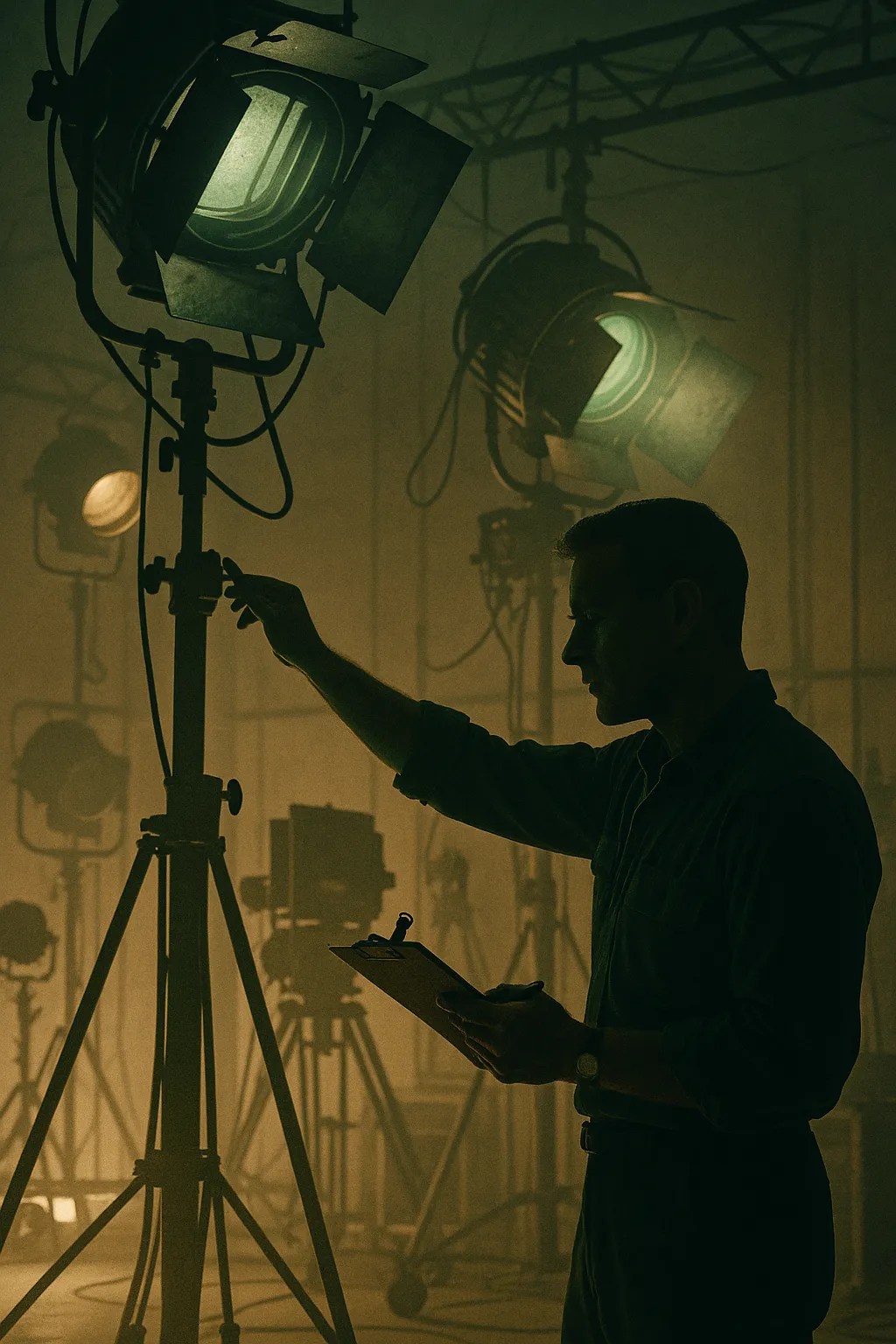
Image credit: AI-generated
His report showed the delays weren’t coming from the crew. They were coming from the directors.
He presented the truth. And for that, he was removed from his role as chief gaffer.
George was blackballed from the Warner Brothers lot altogether. After that, he was never allowed to serve as a chief gaffer again.
He spoke up to protect his team. He stood up for accuracy and accountability. And the system made sure he would never hold that level of responsibility again.
Regardless, George never stopped working. He never stopped showing up.
What We All Can Learn from George
George Merhoff may have worked behind the scenes, but his story offers a blueprint for how to lead under pressure and how to hold your values even when the cost is real.
Here are just a few of the lessons I take from his stories:
Solve problems with what you have
The green lighting setup was supposed to be impossible. George made it work anyway. Not by luck, but through creativity and innovation.
Let truth guide you
When the crew was being blamed, George didn’t argue. He tracked the facts and spoke clearly about what they revealed.
Character shows up in the aftermath
Being punished for telling the truth didn’t stop George from doing the work. That kind of resilience and integrity stays with people long after titles are gone.
Real leadership doesn’t need permission
George led by example. He created solutions. He protected his team. He carried weight, even without recognition.
Change doesn’t always get rewarded, but it still matters
George’s contribution made Star Trek what it was and still is to this day. His leadership mattered, even if the system didn’t honor it.
Why This Is The First Blog Post
These stories were showcased first as they helped shape my perspective on how to be a part of change. It showcases leadership that does not need a title. It’s about building solutions, defending teams, and doing what is right, even when no one asks you to.
George Merhoff was not in charge. But he changed the show, protected his team, and left a mark that still teaches us what quiet leadership can look like.
Change is in my DNA!
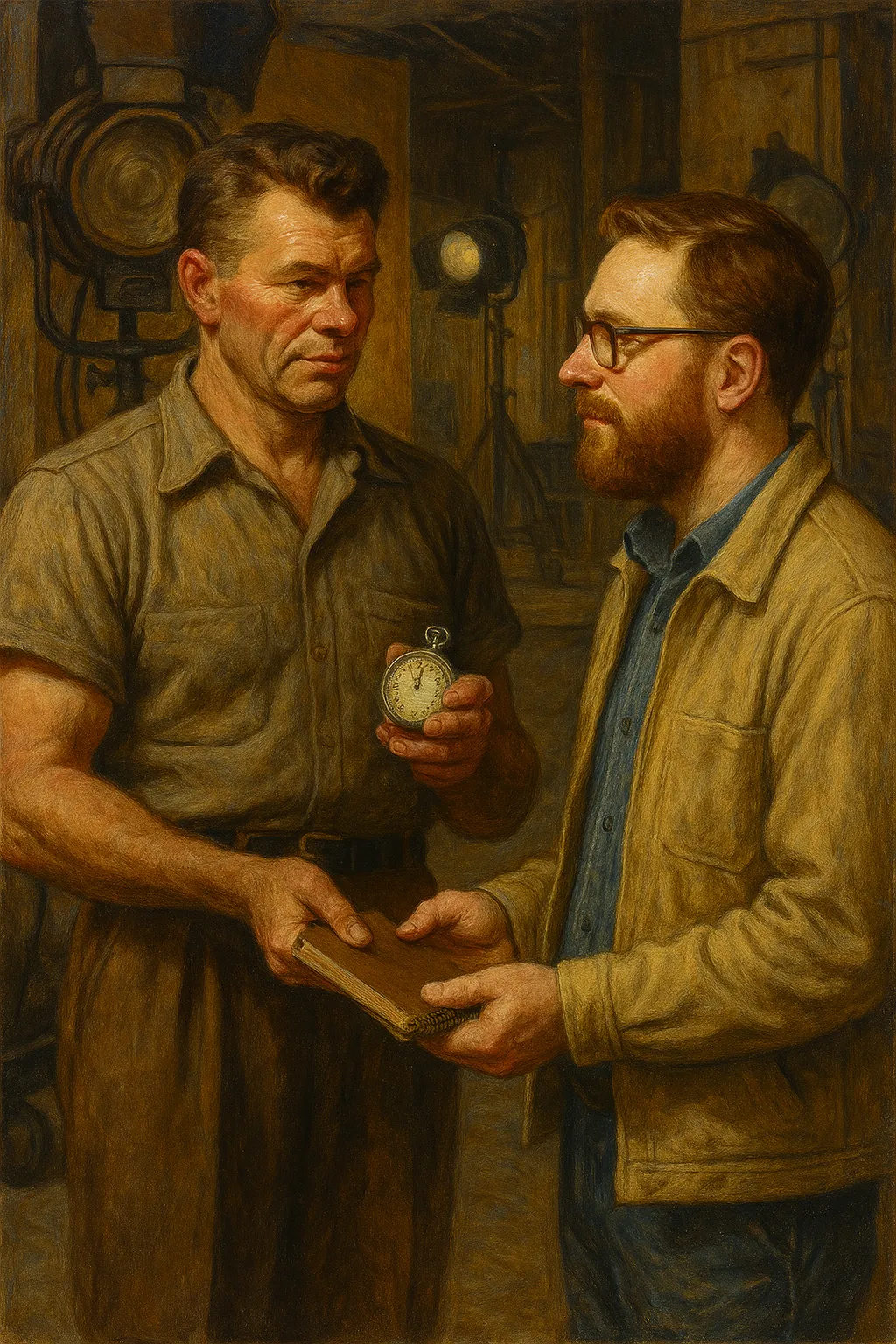
Image credit: AI-generated